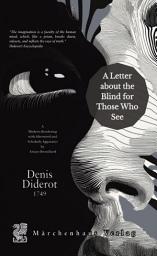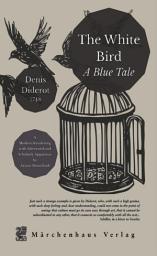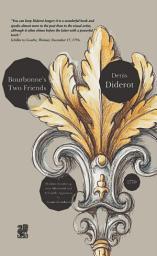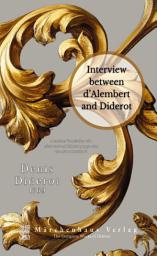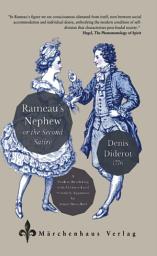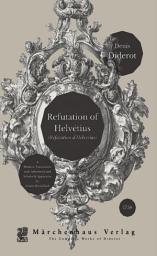The Complete Works of Denis Diderot
Latest release: May 9, 2024
Metaphysics
Series
50
Books
About this ebook series
The Indiscreet Jewels marks Diderot's first foray into fictional prose and is his most commercially successful work during his lifetime. Set in a thinly disguised version of contemporary France reimagined as the Congo, this libertine novel centers on Sultan Mangogul, who receives a magical ring that allows him to make women's genitalia ("jewels") speak and reveal their sexual histories. Though often dismissed as mere libertine fiction, beneath the novel's bawdy surface lies a chaotic social critique, philosophical discourse, and political satire representing the intellectual Chaos of the Enlightenment. The work's commercial success-it went through several editions despite official censorship-helped finance Diderot's more serious philosophical endeavors, including his work on the Encyclopédie.Diderot's "The Indiscreet Jewels" (1748) deliberately follows in the tradition of Rabelaisian satire. Like Rabelais' "Gargantua and Pantagruel" (1530s-1550s), Diderot uses sexual content and fantasy as vehicles for social critique. Diderot's work is more directly philosophical, while Rabelais' satire is more carnivalesque. Both writers employ what Bakhtin called the "carnivalesque" - using bodily functions, sexuality, and inversions of social hierarchy as tools for liberation from social constraints. Jewels stands as Diderot's most Rabelaisian work, showing his appreciation for that earlier tradition while adapting it to more aggressive 18th-century philosophical purposes, but still directed at the clergy, like Rabelais.This edition contains a new Afterword by the translator, a short biography, a glossary of Philosophical Terms used by Diderot, a chronology of his core life and works, and a summary index of all of Diderot's works. With a clean, modern translation of Diderot's Enlightenment-era French, this edition brings Diderot's thoughts directly into the modern intellectual sphere, tracing the intellectual forces which swept along Diderot and impacted today's secular sphere. The publication context of The Indiscreet Jewels reveals Diderot's precarious financial situation in 1748 and his strategic literary calculations. Composed in a matter of weeks to pay off pressing debts, the text nonetheless demonstrates a sophisticated engagement with multiple literary traditions. Manuscript evidence indicates that Diderot received 1,200 livres for the work-about four times his annual income from other writing at the time-and confirms his awareness of the commercial viability of libertine fiction in mid-eighteenth-century French literary markets. His decision to publish anonymously reflects not only a fear of censorship, but also a conscious separation of his philosophical reputation from his commercial fiction, a distinction that became increasingly difficult to maintain as his literary career progressed.For example, in Chapter 29, "The Metaphysics of Mirzoza," interrupts the succession of sexual revelations with a substantive discussion of epistemological questions concerning sensation and knowledge. This deliberate juxtaposition of philosophical inquiry with erotic narrative creates a cognitive dissonance that forces readers to confront intellectual questions in the midst of salacious entertainment. When Mirzoza argues that "our senses may deceive us about external reality, but sensation itself remains undeniable," Diderot smuggles empiricist epistemology into seemingly frivolous fiction. This privileging of empirical evidence over social convention parallels Diderot's philosophical commitment to observation over authority, establishing a narrative embodiment of epistemological principles developed more systematically in his philosophical works. When the court physician Orcotome attempts to explain away the talking jewels as "a mere hallucination despite undeniable empirical evidence," Diderot satirizes the intellectual contortions required to maintain social fictions against contradictory experience.Diderot's satirical technique employs transparent pseudonyms and fictional displacement to critique contemporary French society while maintaining plausible deniability. The Sultan Mangogul clearly recalls Louis XV, while the mistress Mirzoza corresponds to Madame de Pompadour. This thinly veiled allegory allowed readers to identify specific targets while providing Diderot with technical protection against accusations of direct criticism of the regime. The geographical shift to the fictional Congo functions not as an orientalist fantasy but as a satirical device, creating a critical distance from French society while emphasizing the arbitrariness of cultural norms, which would continue to undermine French authorities until the at the end of this century, the French Revolution broke French civilization in a spectacular display of bloodshed. Diderot and other French Enlightenment deconstructivists paved the way to this bloodshed with dogmatically amoral and crypto-religious writings like this.


